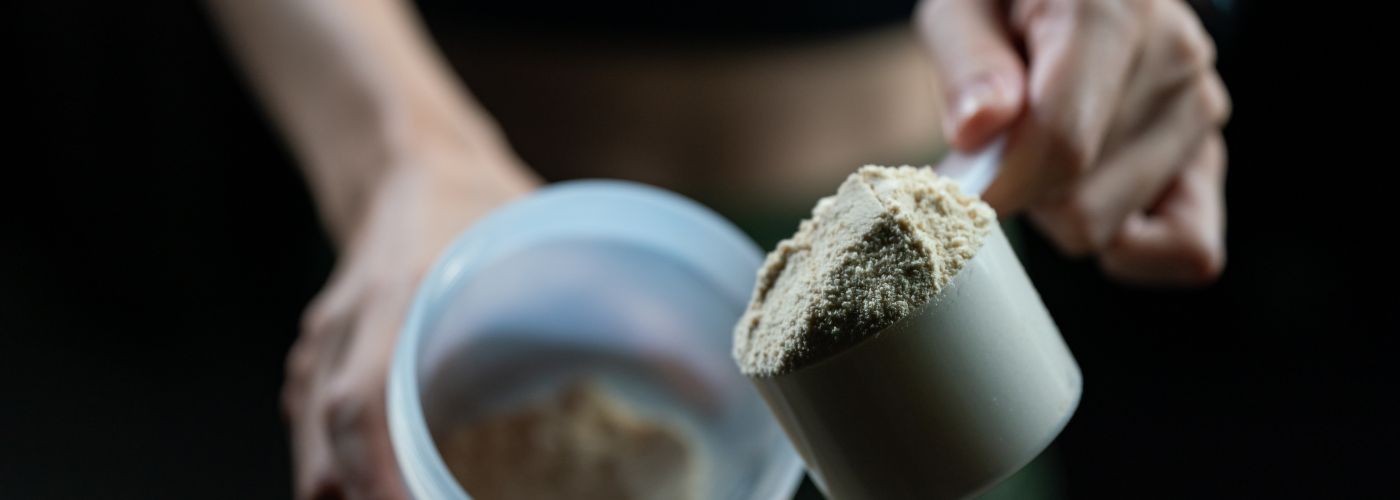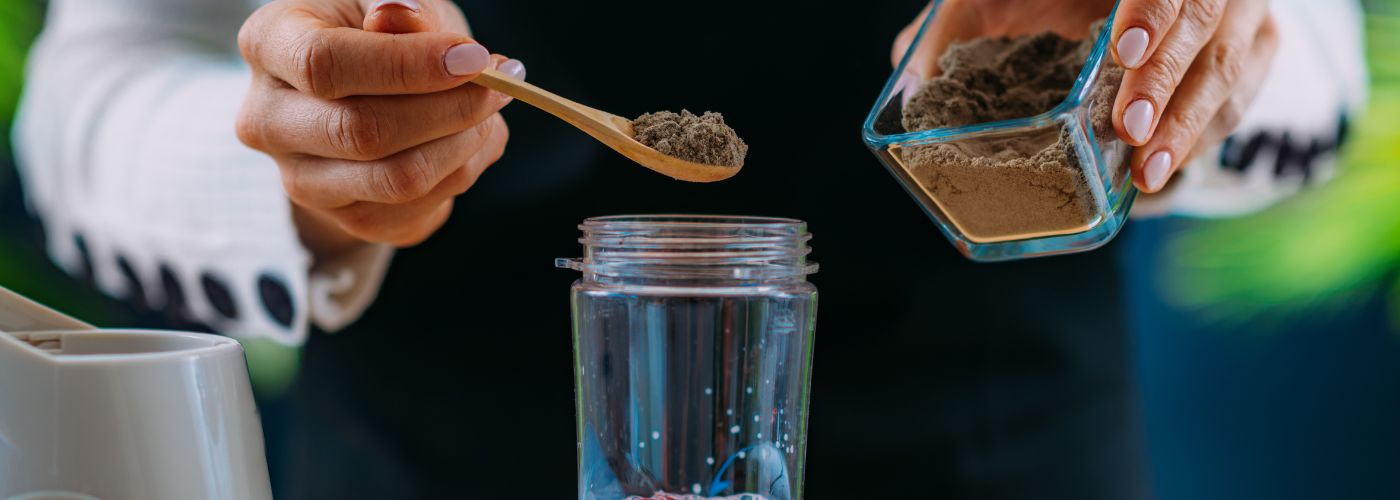Recovery is huge for muscle growth and rehabilitation after a hard workout. While many choose to relax, sleep, or eat a nice meal after a workout, many are choosing to drink shakes made from protein powders for their recovery. While protein powders are no secret in the fitness community, there are still a lot of questions of which type of protein powder is right for your personal goals. We’ll take a look at popular protein powders to use for a healthy lifestyle!
How Many Protein Powders Are There?

In the fitness community, there are three main types of protein powders: whey, isolate, and casein. Each of these protein powders provide the same amount of protein to the body, but are not the same when it comes to calories or nutrition. Each of these proteins also reacts differently within the body. To understand how each of these protein powders works, we’ll take a look at each of these protein powders individually.
Whey Protein: Whey is by far the leanest protein among the three types of protein powders. This protein powder is most optimal for anyone who doesn’t want to consume excess calories from protein powders or is restricting calories. Whey protein also contains all nine essential amino acids that our bodies cannot produce on their own.
These amino acids are the building blocks of protein and play a crucial role in muscle synthesis. When we consume whey protein, it gets quickly absorbed into the bloodstream and reaches our muscles rapidly. This triggers an increase in muscle protein synthesis, which is the process responsible for repairing damaged muscle tissues and stimulating new muscle growth. Protein along with recovery devices like TENS/EMS devices are great for faster recovery after a length workout.
Isolate Protein: Isolate protein provides the most amount of protein per serving than whey and casein protein. This protein is perfect for anyone on a bulk or looking to add on muscle mass.
When isolate protein is produced, roughly 90% of the powder itself is protein, while the remaining 10% comes from carbs and fats. Isolate protein is typically the most expensive protein since the synthesizing process is a lot more thorough than casein or whey. Isolate protein also has lower lactose volume, so it’s perfect for anyone who’s lactose intolerant.
Casein Protein: casein protein is slow digesting since it forms curds in your stomach once exposed to your stomach acids. These curds lengthen digestion over an extended period of time. By slowing down the digestion process, you’re allowing the body to be exposed to BCAA’s for longer, which can help build and recover muscle.
Casein protein is roughly 80% protein and 20% carbs and fats. Therefore, it’s perfect for anyone on a bulk or caloric surplus.
How To Use Protein Powder

After fully understanding how each protein powder works, next comes how to use it. Timing plays a crucial role in muscle synthesis. It’s recommended to take protein powder before and after exercise.
Many experts suggest taking protein powder at least 30 minutes after a workout to maximize muscle protein synthesis. This post-workout window is when your body is most receptive to absorbing nutrients and repairing damaged muscles.
This means starting off your day with one scoop of protein then taking another scoop after any physical activity. The amount of protein required varies depending on factors such as age, gender, weight, and activity level.
Consulting with a nutritionist or fitness professional can help you establish an appropriate daily protein goal.
How Much Protein Powder Should I Intake?
Finding out how much protein to intake depends on various factors, such as your age, gender, weight, activity level, and overall health goals.
Firstly, it is important to establish your recommended daily protein intake. The general guideline for sedentary individuals is 0.8 grams of protein per kilogram of body weight.
However, if you are engaged in moderate to intense physical activity or strength training regularly, you may require higher amounts of protein to support muscle repair and growth. In such cases, nutritionists often suggest consuming 1-1.6 grams of protein per pound of body weight.
For those restricting calories on a diet, your protein intake should be at 1–1.4 grams of protein per pound of your current body weight. Whey protein is most optimal for anyone looking to drop pounds since this protein isn’t as high in calories.
Anyone bulking should intake at least 1.2-2.0 grams of protein per pound of body weight. Both casein and isolate proteins are great for people on a bulk since these proteins tend to be higher in calories than whey protein.
How To Use Protein Powder For Weight Loss?
Firstly, it’s important to understand that protein is an essential nutrient that helps in building and repairing tissues, including muscles. By consuming adequate protein through diet, shakes, or smoothies made with protein powder, you can increase your feeling of fullness and reduce hunger cravings throughout the day.
To make the most of your protein powder for weight loss, it’s crucial to choose the right type of powder. Whey protein is often recommended as it contains all the essential amino acids needed by our bodies.
Additionally, whey protein has been shown to aid in fat loss while preserving lean muscle mass during calorie-restriction diets.
For those restricting calories on a diet, your protein intake should be at 1–1.4 grams of protein per pound of your current body weight. Be sure to take your protein shake before and after any exercise!

Related Stories
5 Ways to Support Bone Strength with HiDow
World Osteoporosis Day (October 20) October 20 is World Osteoporosis Day, and chances are, you’ve...
Oct
FDA-Cleared Is a Flex. Here’s Why.
Pulling Back the Curtain You’ve seen it on boxes, on websites, in ads: FDA-cleared. It...
Sep
This Is Fibro. This Is Larry.
September is Pain Awareness Month. And we’re not here to give you medical definitions or...
Sep
Train Your Relaxation Reflex
How often do you find yourself struggling to switch off after a long day? With...
Aug
Back To School Fitness: Balancing Academics & Athletics
Most student athletes don’t have a motivation problem. They show up. They train hard. They...
Aug
How to Cope with a Sports Injury
Staying active helps your body stay strong. But sometimes, activity leads to pain, strain, or...
Jul